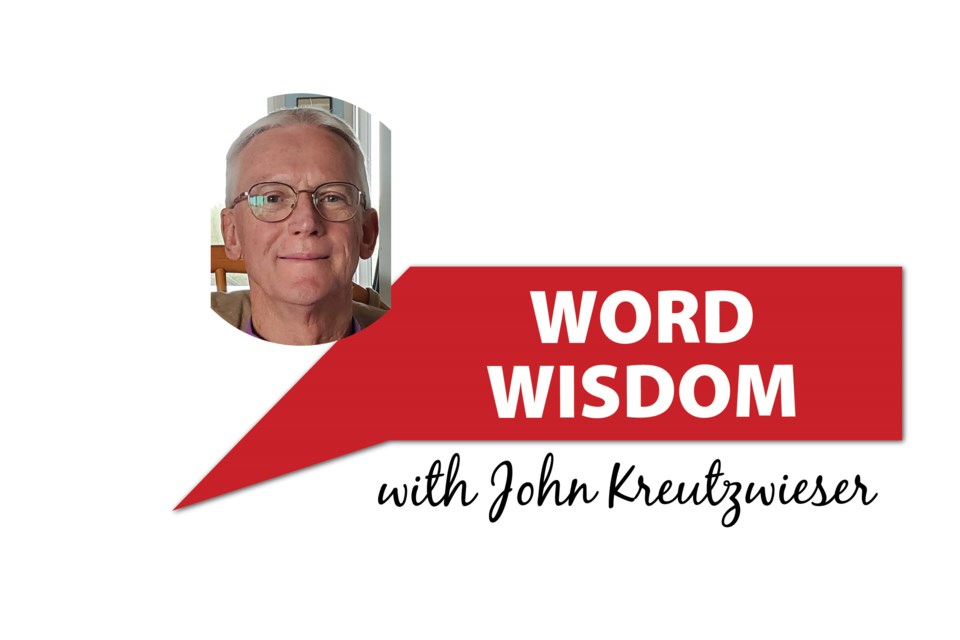“The LORD said to Moses and Aaron in the land of Egypt, ‘This month shall be for you the beginning of months. It shall be the first month of the year for you. Tell all the congregation of Israel that on the tenth day of this month every man shall take a lamb according to their fathers’ houses, a lamb for a household. . . . You shall keep it until the fourteenth day of this month, when the whole assembly of the congregation of Israel shall kill their lambs at twilight. Then they shall take some of the blood and put it on the two doorposts and the lintel of the houses in which they eat it. They shall eat the flesh that night, roasted on the fire; with unleavened bread and bitter herbs they shall eat it. . . . It is the Lord’s Passover. For I will pass through the land of Egypt that night, and I will strike all the firstborn in the land of Egypt, both man and beast; and on all the gods of Egypt I will execute judgments: I am the Lord. The blood shall be a sign for you, on the houses where you are. And when I see the blood, I will pass over you, and no plague will befall you to destroy you, when I strike the land of Egypt. This day shall be for you a memorial day, and you shall keep it as a feast to the Lord; throughout your generations.’” (Book of Exodus chapter 12)
On Saturday, April 12 at sundown Jews will observe the Passover Seder. The English term seder is derived from the Hebrew sedher, meaning order. Although the word sedher is not used in connection with the Passover in the Biblical texts, seder has come to be associated with the Passover meal originating in the Book of Exodus, because of the specific order of food items, blessings, prayers, stories, and songs which have been developed over the centuries.
The Haggadah (from the Hebrew word ‘to tell’) lays out the order of the Passover meal and recounts the story of the Israelite journey out of Egypt in the 13th century BCE. Each food that is consumed as part of the seder recalls the details of the original account.
Over the centuries the seder dishes have always included the Karpas, the Maror, and the Charoset (apples, nuts, spices). Karpas is a green vegetable, typically parsley (or could be celery), that is dipped in saltwater symbolizing the tears and pain of the Israelites in Egypt. Maror refers to the herbs dipped into horseradish, symbolizing the bitterness of slavery in Egypt. Various bitter herbs can be used, such as different types of astringent lettuce, and other bitter greens like chicories and dandelion greens. Charoset is a mixture of fruits, spices, and nuts which symbolizes the clay or mortar the Israelites worked with during their Egyptian enslavement. Often unleavened bread (flat bread made without yeast) is used to dip into the Charoset, or the mixture is smeared onto the bread.
A lamb was central to the original Passover meal. A sacrificial lamb was offered on the eve of the feast, and its blood used to mark the doorposts of Jewish homes, which gave protection from the angel of death God sent into Egypt. The roasted lamb was eaten during the Passover seder for centuries until the permanent destruction of the Jerusalem temple by the Romans in 70 AD. After the annihilation of the temple no sacrifices were allowed to be made, since all official sacrifices had to be made at the temple in Jerusalem. The rabbis determined that the Passover lambs sacrificed at the temple were an integral part of the family meals around the world, so lamb was no longer on the seder menu. Instead, a roasted shank bone of a lamb (Z’roah) was set on the table as a representation of the Paschal lamb. This continues to be the Passover seder practice to this day.
The Passover seder includes four questions, often asked by the youngest person at the family meal. “On all nights we need not dip even once, why on this might do we so twice? On all nights we eat leavened or unleavened bread, why on this night only unleavened (matzah)? On all nights we eat any kind of vegetables, why on this night maror? On all nights we eat sitting upright or reclining, why on this night do we all recline?” The answers to these questions explain and present the Passover story.
On the evening of April 12, 2025, during the Passover seder in Jewish homes around the world, families will have four cups of wine, flat dry cracker-like bread, veggies dipped in saltwater, maror, charoset, and a roasted lamb shank bone. Many will augment the Passover seder with a festive dinner containing favourite family foods. Numerous families will observe a seder of a 15-step choreographed combination of tastes, sounds, sensations, and smells that have been associated with the Passover for millennia.




